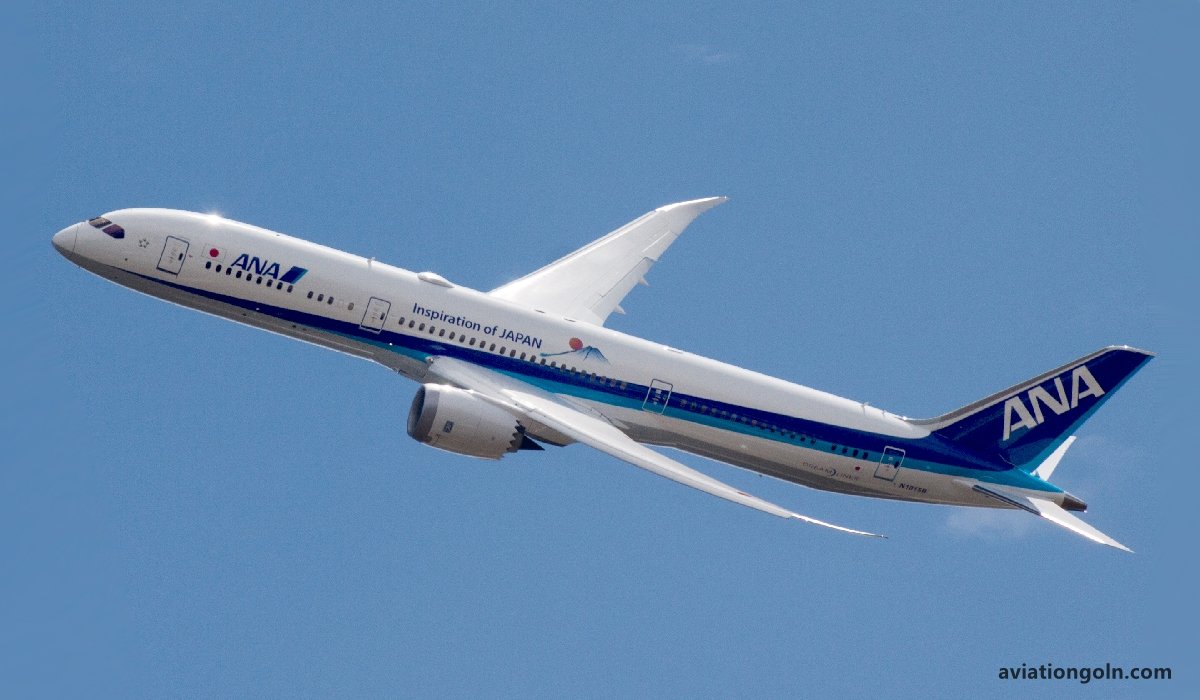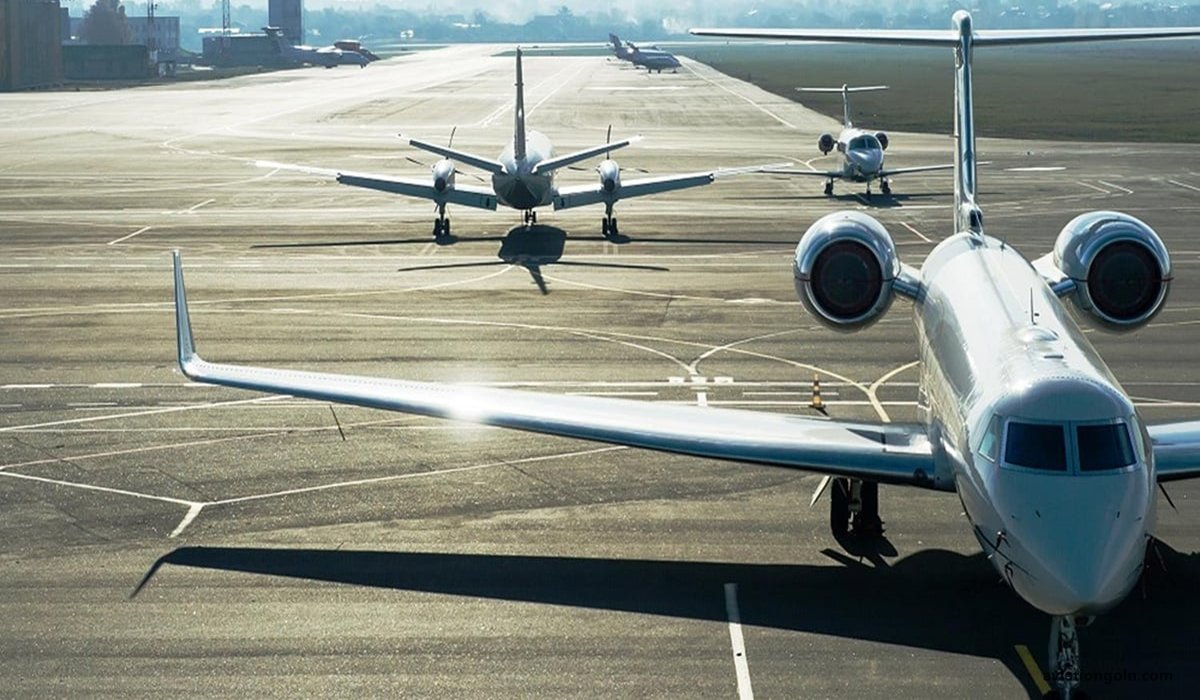The Future of AIS in Unmanned Aircraft Systems (UAS): The evolution of aviation has consistently been marked by technological breakthroughs, from the Wright brothers’ inaugural flight to the jet age, and now, to the rise of Unmanned Aircraft Systems (UAS).
As UAS become increasingly integrated into the global airspace, the need for comprehensive Aeronautical Information Services (AIS) becomes even more pronounced. AIS, which provides essential information for the safety, regularity, and efficiency of air navigation, has been around for decades, but its future in the realm of UAS promises to be even more revolutionary.
The Future of AIS in Unmanned Aircraft Systems (UAS): Future Trends in Aeronautical Information Services
1. A Background on Aeronautical Information Services (AIS)
AIS has traditionally been responsible for the collection, validation, storage, maintenance, and dissemination of aeronautical data. Pilots and air traffic controllers rely on AIS for flight planning, navigation, and maintaining situational awareness. With the integration of UAS into this airspace, AIS must evolve to address the unique challenges and operational requirements posed by these aircraft.

2. The Rise of Unmanned Aircraft Systems (UAS)
The popularity and adoption of UAS, or drones, have exploded in recent years. From hobbyist flying to commercial applications like agriculture monitoring, package delivery, and surveillance, the potential uses for UAS are vast. Predictions indicate that by 2030, urban air mobility platforms, a subset of UAS, might become an integral part of city transportation, further intensifying the need for advanced AIS systems.

3. The Evolution of AIS for UAS
With the proliferation of drones, the volume of low-altitude air traffic is set to increase exponentially. Traditional AIS, designed for manned aircraft operating at higher altitudes, needs significant adaptations.
3.1 Real-Time Data Updates: UAS operations require real-time data to respond to rapidly changing environments. Dynamic geofencing, which offers real-time updates on no-fly zones, will become a standard feature of AIS.
3.2 Miniaturized Systems: UAS, especially smaller models, require lightweight and compact AIS systems without compromising accuracy and speed.
3.3 Enhanced Data Types: Information about weather conditions, obstacles (like tall buildings in urban settings), and other UAS in proximity is critical for safe UAS operations.

4. Unmanned Traffic Management (UTM)
The future of AIS in UAS will be closely tied to UTM, a proposed air traffic control system exclusive to drones. UTM would provide services like dynamic airspace designation, geofencing, and real-time traffic management. AIS would be an integral component, offering necessary data to ensure seamless operation.

5. Integrating Artificial Intelligence and Machine Learning

The volume of data required for UAS operations, coupled with the need for real-time processing, makes manual handling untenable. Machine learning and artificial intelligence (AI) algorithms can predict potential flight conflicts, analyze optimal routes based on current conditions, and adjust operational parameters during flight.

6. Cybersecurity and Data Integrity
As AIS systems become more digital and interconnected, they become potential targets for cyber threats. Ensuring the integrity of aeronautical data will be paramount, as a single corrupted data piece could lead to catastrophic outcomes.

7. Interoperability with Traditional Aviation Systems
As UAS operations increase, there will be scenarios where they share airspace with manned aircraft, especially during take-off or landing at shared airports. Ensuring that UAS-AIS is interoperable with traditional aviation systems will be vital to maintain safety standards.

8. Global Standardization and Regulation
For UAS to operate internationally, there will be a pressing need for standardization of AIS systems and regulations governing their use. International aviation bodies, like ICAO, are likely to play pivotal roles in establishing these standards.

9. Challenges Ahead
While the prospects for UAS-AIS are undoubtedly exciting, the path isn’t without challenges. These include regulatory hurdles, public acceptance, technical limitations, and potential resistance from traditional aviation stakeholders.

The evolution of Aeronautical Information Services in the era of Unmanned Aircraft Systems encapsulates the broader narrative of technological advancement in aviation. With proactive research, development, and collaboration across the industry, AIS for UAS promises a future where drones become an indispensable and safe component of global airspace.
The fusion of AIS with technologies like AI, coupled with UTM’s development, paves the way for unprecedented advancements in aviation. As we look to the horizon, it’s clear that while challenges remain, the potential benefits of fully integrating UAS into our airspace are immense, heralding a new age of flight.
See more:
- GOLN Aeronautical Information Service Book : Table of Contents
- GOLN Aircraft and Engines Book : Table of Contents
- GOLN Airframe and Systems Book : Table of Contents
- GOLN Airline & Airport Marketing Management Book: Table of Contents
- GOLN Airline Operations Book: Table of Contents
- GOLN Airport Strategic Planning Book : Table of Contents
- GOLN Avionics System Book: Table of Contents
- GOLN Flight Management System Book : Table of Contents
- GOLN Flight Mechanics Book: Table of Contents
- GOLN Principles of Flight Book: Table of Contents
- GOLN Aviation Career Book : Table of Contents
